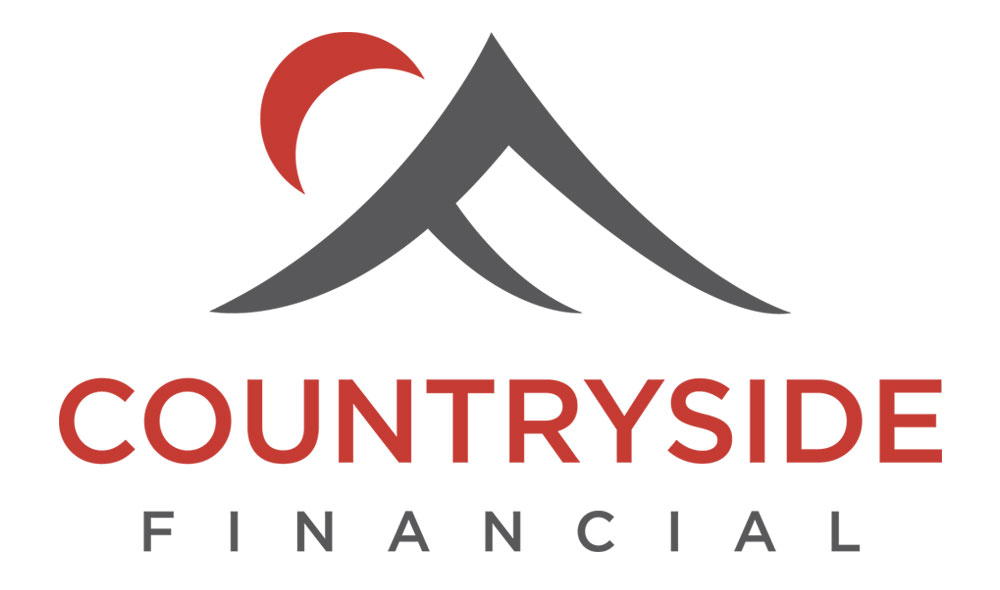Rate Hikes Are Here … Why?
The Bank of Canada has finally increased its key interest rate to 0.5%, the rate had been held at 0.25% since the pandemic broke out in early 2020. This jump is the first increase to the key interest rate since October 2018. This key interest rate is what determines each lenders prime lending rate. The prime rate in Canada is now currently 2.70%. The prime rate is the interest rate Canada’s banks & mortgage companies use to set interest rates for variable rate mortgages and lines of credit.
The bank rate reached an all time high of 21.25% in August 1981 and record lows of 2.00% in both October 1950 & August 1955.
For the past years, we’ve enjoyed rock- bottom fixed interest rates. Even before the pandemic, fixed rates were below 3%. Interest rates in the bond market, which are used to price fixed term mortgages, have been moving upwards for months now, increasing fixed rate interest costs.
During 2021, you could get a 5-yr interest rate for well below 2%, now the current best rate is *3.14-3.34% and up.
During the pandemic, fixed mortgage rates were the lowest in history at ~1.39% (some promos even lower). The highest rate recorded was on August 31, 1981 at 21.75%.
Higher interest rates can also be good news. Savings in a high-interest bank account, fixed-rate investments, guaranteed interest options and guaranteed investment certificates (GICs), could grow faster and give you higher returns.
Much of the news around rate hikes is an attempt to slow inflation. Inflation is the increase in the price of goods and services in an economy. Economists like to keep inflation at 2% (midpoint of a control target range of 1-3%). That means something you buy this year for $1 should cost $1.02 next year. Currently, inflation in Canada is reaching heights not seen since 1991 and is increasing at a pace faster than the Bank of Canada had anticipated.
When inflation starts to climb, the Bank of Canada will raise interest rates, which attempts to curb how much money is circulating in the economy, which in turn helps curb inflation. Beyond inflation, higher interest rates can cool the hot housing market which is an intended consequence of these increases too.
In the past, some governments have made major errors in dealing with inflation and those economic errors of the past are guiding what economists do today. Of course, it’s not an exact science and the Bank of Canada can’t fully control the economy with its policies, but it can certainly help things progress calmer by adjusting interest rates and the money in circulation.
* OAC. Rates subject to change without notice.*
Candace Perko,
Mortgage Broker


























